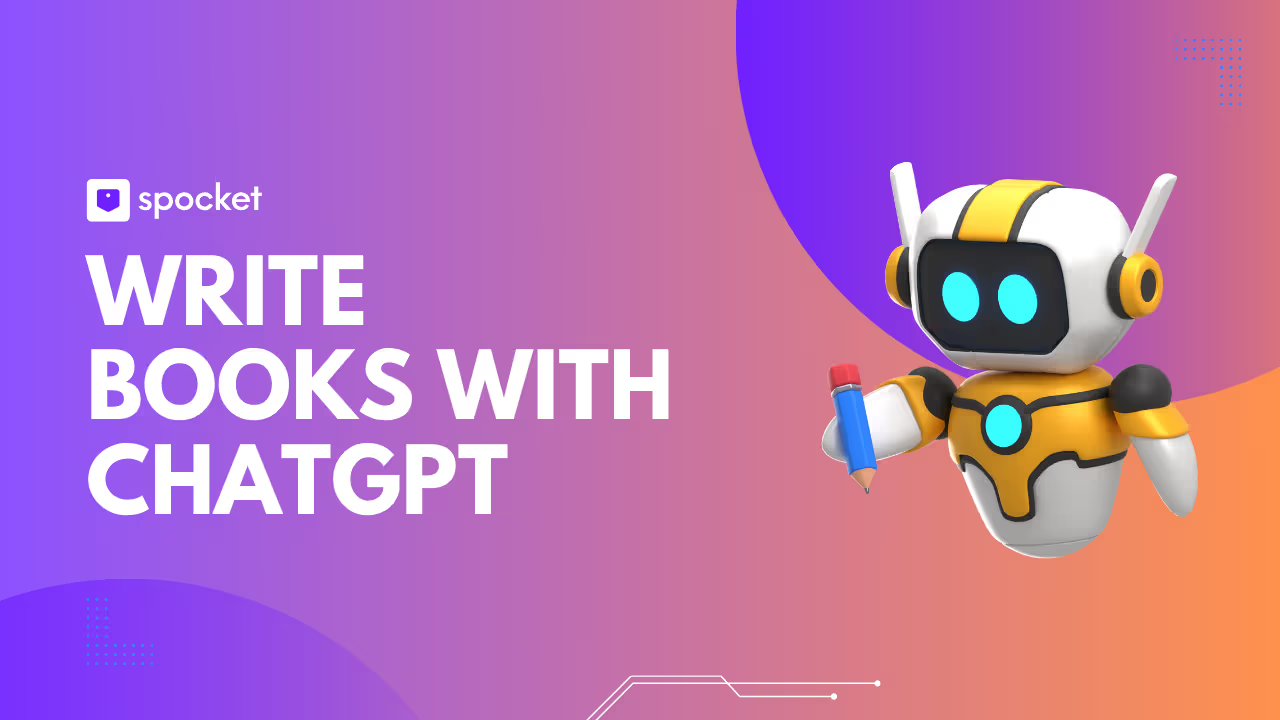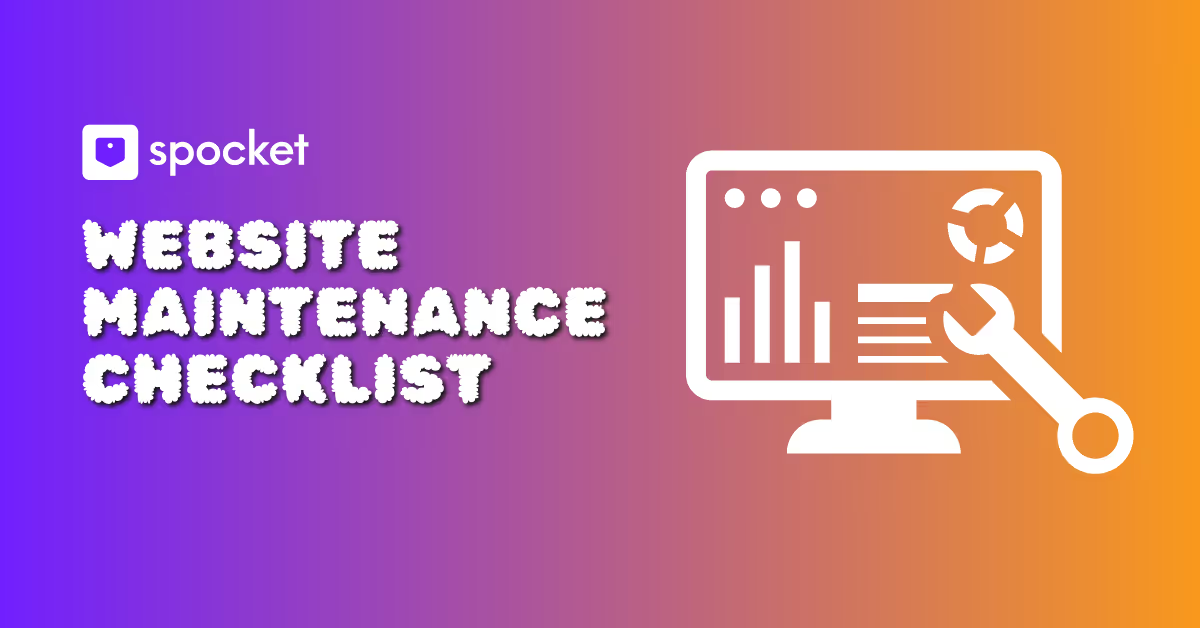The process of writing a book has always been both an exciting and challenging journey, often requiring significant time, creativity, and perseverance. With the development of advanced AI tools, authors now have a powerful ally to support and streamline the process. To write books with ChatGPT is to harness AI's potential to enhance productivity and creativity. Whether you’re a first-time author looking to kickstart your writing or an experienced writer seeking new ways to fuel inspiration, ChatGPT can be an invaluable tool. This guide will take you through practical tips for leveraging ChatGPT effectively, covering everything from brainstorming and drafting to editing and refining your work, so you can create a book that reflects your unique voice and vision.
The Power of ChatGPT in Book Writing

What is ChatGPT and How Does It Work?
ChatGPT, developed by OpenAI, is a sophisticated language model trained to generate human-like text based on user prompts. It uses deep learning algorithms and a transformer-based model to predict and craft sentences that align with user input. This technology has been adopted by writers, content creators, and even businesses to produce well-written and relevant content quickly. For authors, ChatGPT can be used for everything from generating new story ideas to drafting entire chapters and enhancing dialogue.
Benefits of Using ChatGPT for Authors
Authors are turning to ChatGPT for several compelling reasons:
- Idea Generation: When facing a creative block, ChatGPT can suggest fresh plot twists, character arcs, and unique settings to reignite inspiration.
- Time Efficiency: Drafting with AI can accelerate the writing process, making it easier to meet deadlines or complete a project faster than expected.
- Versatility: ChatGPT can adapt to various writing styles and genres, assisting with fiction, non-fiction, technical content, and more.
- Support for Editing and Revising: It helps review content for grammar, clarity, and consistency, acting as an initial editing layer.
Preparing Your Book Project with ChatGPT

Defining Your Book's Purpose and Target Audience
Before you start typing away, it’s essential to understand the purpose of your book and who it’s for. Are you writing a thriller for young adults or a self-help book for working professionals? Clarifying your audience helps shape the tone, language, and content of your book. Using prompts like “Help me outline a book aimed at beginners in photography” can guide ChatGPT in tailoring suggestions that match your readers’ expectations.
Building a Comprehensive Outline with AI Assistance
A well-structured outline serves as a roadmap for any writing project. ChatGPT can assist in creating a detailed outline that lays the foundation for your chapters and key points. Start with prompts such as, “Create a chapter breakdown for a fantasy novel about an ancient prophecy” or “Outline a non-fiction book on productivity tips for remote workers.” The AI will provide an organized framework that you can modify and expand as needed, setting the stage for a cohesive and well-planned manuscript.
Example prompt: “Outline a mystery novel with three main suspects and plot twists.”
Writing Your Book with ChatGPT – A Step-by-Step Process
Here are the steps involved when writing your book with ChatGPT:
Ideation and Brainstorming
At the initial stage of writing for brainstorming and developing creative ideas, you can use a story generator tool along with ChatGPT to create a powerful combination. While ChatGPT helps shape and expand on your ideas, a story generator can provide fresh prompts, plots, or characters to get you started.
If you’re struggling with where to start, use prompts like, “Suggest a list of unique character traits for a detective protagonist” or “What are some intriguing plot ideas for a dystopian novel?” ChatGPT’s responses can inspire new angles and concepts you might not have considered. This collaborative approach helps break through writer’s block and kick-start the creative process.
Drafting Your First Chapters
Once you have a solid outline and a clear vision, it’s time to draft your chapters. With ChatGPT, you can write parts of your book using input-based prompts, such as “Write the opening scene of a fantasy novel where the hero discovers an ancient artifact” or “Start a chapter detailing a tense courtroom battle.” While the AI can generate full passages, it’s essential to review and edit them to ensure they align with your unique voice and style. This step will help maintain authenticity throughout your book.
Developing Strong Characters and Dialogue
Characters are the backbone of any compelling story, and their dialogue is what brings them to life. ChatGPT can assist in crafting dialogue that fits the personalities of your characters. For example, if you’re looking to develop witty banter between two rivals, you could prompt, “Write a conversation between two competitors at a high-stakes poker game.” The AI will generate ideas that you can refine to suit your narrative. This tool helps you create conversations that are engaging and true to your characters’ voices.
Writing Descriptive and Engaging Scenes
Scene setting is another area where ChatGPT can be highly beneficial. To make your scenes more vivid, try prompts like, “Describe a stormy night in a remote village with a mysterious figure in the distance” or “Create an atmospheric scene in a futuristic city with neon-lit streets.” By using AI-generated content as a base, you can ensure your scenes are immersive and visually captivating, helping readers feel fully engrossed in your story.
Enhancing and Polishing Your Manuscript
If you're thinking of self-publishing your book, you're going to need to edit it and polish your manuscript. ChatGPT can help you with that. Here's how:
Self-Editing with ChatGPT
Editing is a crucial part of the writing process, and while professional editors are indispensable, ChatGPT can provide an initial self-editing pass. Use it to check for grammar mistakes, sentence flow, and overall coherence. Prompts like, “Review this chapter for grammatical errors” or “Suggest ways to make this paragraph more engaging” can be very useful. This will help you clean up your draft before sending it to an editor, saving time and potentially reducing costs.
Ensuring Consistency and Coherence
Maintaining consistency, especially in long manuscripts, can be challenging. ChatGPT can assist in tracking character traits, timelines, and plot points. For example, you can use prompts like, “List all characteristics mentioned about [character] to ensure consistency.” This ensures that your story stays coherent from start to finish, making it easier for readers to follow.
Using Additional Tools for Comprehensive Editing
While ChatGPT can aid with self-editing, it works best when used alongside dedicated editing tools like SuperHumanizer, Grammarly, or Hemingway. SuperHumanizer helps you give the natural, human-like flow to the overall text. Grammarly and Hemingway offer advanced grammar and style checks that enhance the quality of your manuscript. Integrating these tools can help you catch subtle errors and fine-tune your writing for publication.
Collaborating with Human Editors
Despite the capabilities of AI, the human touch remains invaluable. Professional editors bring insights that AI simply cannot replicate, such as nuanced understanding and subjective judgment. They can provide feedback on pacing, plot holes, and character development, adding depth to your work that will resonate with readers.
Finalizing Your Book for Publication

Formatting Your Manuscript
Proper formatting ensures your book looks polished and professional. While ChatGPT can offer general formatting advice, specialized software like Vellum or Scrivener can help format your book for different platforms, such as Kindle Direct Publishing or print formats.
Creating a Captivating Book Cover and Blurb
The cover and blurb are often what convince potential readers to pick up your book. ChatGPT can help brainstorm ideas for both. For example, use prompts like, “Write a compelling blurb for a psychological thriller” or “Suggest concepts for a minimalist book cover for a romance novel.” While ChatGPT can’t design covers, these ideas can be the starting point for your collaboration with a graphic designer.
Choosing the Right Publishing Path
Deciding whether to self-publish or pursue traditional publishing depends on your goals. ChatGPT can generate a comparison of both options to help you decide. Prompts such as, “List the advantages and disadvantages of self-publishing” can provide you with a clear overview. This way, you can make an informed decision on how to bring your book to market.
Marketing Your Book with the Help of AI
You can dropship your books or sell them on online marketplaces with the help of AI. Here are a few ways to go about marketing and selling them:
Developing a Launch Strategy
A well-planned book launch can set the stage for your book’s success. ChatGPT can assist in drafting a launch plan that includes timelines, press releases, and promotional strategies. Use prompts like, “Create a book launch plan for a debut fantasy novel” to get detailed steps that you can tailor to your needs.
Creating Engaging Social Media Content
Social media is a powerful tool for reaching new audiences. With ChatGPT, you can generate ideas for posts, captions, and interactive content to keep readers engaged. Prompts like, “Draft a week’s worth of promotional tweets for a historical fiction book” can provide you with a roadmap for maintaining an active and appealing online presence.
Leveraging AI for Email Campaigns
Email newsletters are a direct way to communicate with your audience. Use ChatGPT to create subject lines, draft compelling emails, and build anticipation for your book’s release. Prompts such as, “Write an email announcement for the launch of my new self-help book” can help you craft the perfect message to reach your readers’ inboxes.
Writing Guest Posts and Engaging with Your Audience
Guest posting on blogs and websites related to your book’s theme can broaden your reach. ChatGPT can help draft informative and engaging articles on topics that resonate with your target audience. For example, use prompts like, “Write a guest post on how to find writing inspiration for a novel.” This not only builds your credibility as an author but also helps you connect with potential readers.
Tips for Writing a Book Using ChatGPT
Here are some additional tips for writing a book using a ChatGPT:

1. Start with Clear Prompts
When using ChatGPT, the quality of the output depends on the clarity of your input. Begin with specific prompts that outline what you need. Instead of a vague request like, “Write a chapter for my book,” try something more detailed such as, “Write an opening scene for a historical romance set in Victorian London where the protagonist meets a mysterious stranger at a ball.” This ensures the AI has enough context to generate relevant content that aligns with your vision.
2. Use ChatGPT for Brainstorming Ideas
Writer’s block is a common hurdle in the creative process, and ChatGPT can be a useful tool for brainstorming. Use it to generate plot twists, character backstories, or setting descriptions. For instance, prompts like, “List five plot twists for a mystery novel” or “Describe a small town with hidden secrets” can provide you with a variety of ideas that you can develop further. This helps jumpstart your creativity and move past mental roadblocks.
3. Draft First, Edit Later
ChatGPT is excellent for generating initial drafts, but it’s important to treat its output as a starting point. After generating content, go through and revise it to match your voice and style. AI-generated text may need adjustments to ensure it feels authentic and aligns with your narrative. Don’t hesitate to tweak the content, add personal touches, and refine language to make it truly yours.
4. Use It to Develop Complex Characters and Dialogue
Developing realistic and compelling characters is crucial to engaging storytelling. ChatGPT can help by generating detailed character descriptions or drafting conversations between characters. Use prompts such as, “Create a conversation between an anxious artist and a supportive friend discussing an upcoming gallery show.” This can serve as a foundation for more in-depth dialogue, which you can then adjust to fit the specific traits and dynamics of your characters.
5. Keep Your Writing Consistent
Maintaining consistency in character traits, plot details, and tone is essential for a coherent book. ChatGPT can be a handy tool for checking consistency. For instance, you can use prompts like, “Summarize all mentions of [character] in my book to ensure consistent traits.” This helps you avoid errors like changing eye color or contradictory backstories, ensuring your readers stay immersed in the story without distractions.
6. Utilize ChatGPT for Scene Descriptions and World-Building
Scene-setting and world-building require rich descriptions that captivate the reader’s imagination. Prompts like, “Describe a futuristic city where technology and nature are seamlessly integrated” can provide a vivid starting point for your narrative. Use these AI-generated descriptions as inspiration and then modify them to better suit your unique vision. This approach saves time while ensuring your scenes are immersive and well-crafted.
7. Get Feedback on Your Content
ChatGPT can also act as a sounding board for your content. By prompting it with, “How does this paragraph read?” or “Does this dialogue convey tension effectively?” you can get an impartial overview of how your content might be received. While this shouldn’t replace human feedback from editors or beta readers, it can provide a quick perspective during the drafting phase.
8. Use ChatGPT to Outline Chapters and Structure Your Book
A well-structured book makes for a smoother writing process. ChatGPT can help you create chapter outlines to keep your writing on track. Prompts like, “Create an outline for a self-help book on personal growth” or “Organize the chapters of a crime thriller with key turning points” can help you plan your book efficiently. With a solid outline, you’ll have a clear roadmap to follow, making it easier to manage your writing flow.
9. Supplement ChatGPT with Other Tools
While ChatGPT is a powerful tool, using it alongside other writing and editing software can enhance your overall workflow. Combine its capabilities with AI tools like Grammarly for grammar checks and ProWritingAid for style improvements. This ensures your manuscript is polished and ready for submission or self-publishing.
10. Balance AI Assistance with Your Own Creativity
Finally, remember that ChatGPT is a writing assistant, not a replacement for your creativity. The best results come from blending AI-generated content with your personal insights and voice. Use ChatGPT for support and inspiration, but make sure your work reflects your unique storytelling style. This approach will result in a book that is not only efficient to produce but also distinct and engaging for your readers.
Potential Challenges and How to Overcome Them
Watch out for these pitfalls:
Common Pitfalls When Using AI for Book Writing
While using ChatGPT offers many benefits, it’s not without its challenges. Common pitfalls include content that may sound generic or robotic and a risk of becoming too dependent on AI. These issues can lead to a manuscript that lacks depth or a unique voice.
Best Practices for Maintaining Your Unique Voice
To avoid sounding like an AI, always review and adapt the content generated by ChatGPT. Infuse your personality, style, and unique perspectives into the text. One way to do this is by using AI for drafting ideas and then rewriting sections to better fit your narrative tone.
Balancing AI Assistance with Personal Input
The key to successfully using ChatGPT is finding the right balance. Use AI for brainstorming, initial drafts, and repetitive tasks, but take charge of revising and polishing the content. This approach ensures your book remains your creation, with AI simply enhancing the process.
Conclusion
ChatGPT has opened up new possibilities for authors by providing tools to brainstorm, draft, and refine content quickly and efficiently. While it offers immense potential, the best results come from using it thoughtfully and combining AI-generated content with your creativity. By embracing ChatGPT as a writing partner rather than a replacement, you can create a book that is both engaging and uniquely yours. Dive into this new era of writing, experiment with AI, and see how it can elevate your storytelling journey. You can even start a book-based dropshipping business!







































